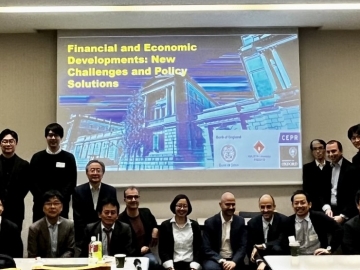実証政治経済学拠点では、実証ミクロセミナー、TCERとの共催により、オハイオ州立大学のTansel Yilmazer准教授をお招きし大学院生向けのセミナー:The Affordable Care Act, Marriage Penalties and Marital Status” (joint with Lauren Jones and Guangyi Wang) を開催いたします。Yilmazer准教授は、Review of Economics of the Householdの編集委員です。奮ってのご参加をお待ちしております。
日時:4月20日(木)17:00-18:30
形式:ハイブリット
会場:早稲田大学 早稲田キャンパス3号館7階 709教室
オンライン参加の方は以下のURLより事前登録をお願いします
https://list-waseda-jp.zoom.us/meeting/register/tJEvcuGprTIqHdZW-mOe3XqxVpwX0vo0CUzW
タイトル:The Affordable Care Act, Marriage Penalties and Marital Status
要旨:
Many tax and transfer policies in the US have embedded marriage penalties or marriage subsidies, which cause a couple’s after tax and transfer income to depend on their marital status. Such policies create unequal access to the economic, social and health advantages of marriage, and limit the ability to opt out of marriage if one so chooses. The Affordable Care Act (ACA) provided publicly funded and subsidized health insurance to millions of Americans. However, because of program eligibility and generosity rules, the ACA is not marriage neutral. Depending on a couple’s income level, income distribution across partners, family size, state of residence, and age, ACA insurance benefits grow or shrink if a couple chooses to marry. We illustrate the marriage subsidies and penalties embedded in the ACA Medicaid expansion and premium tax credits for various couple types. Using data from the American Community Survey (ACS), we explore whether the ACA marriage penalties causally affect marriage decisions. Using a difference-in-differences approach, as well as a simulated instrument approach, we find evidence that ACA marriage penalties greatly affected marital behavior. Using a quasi-experimental approach, we estimate that exposure to $1,000 in ACA marriage penalties is associated with a 30 percent reduction in transitions between cohabitation and marriage. We also find evidence that the large marriage subsidy generated by the coverage gap in Medicaid non-expansion states significantly deterred couples from divorcing: we estimate that a 1 percent increase in marriage subsidy exposure is associated with 0.79 percent reduction in new divorces.

OHIO STATE UNIVERSITY









